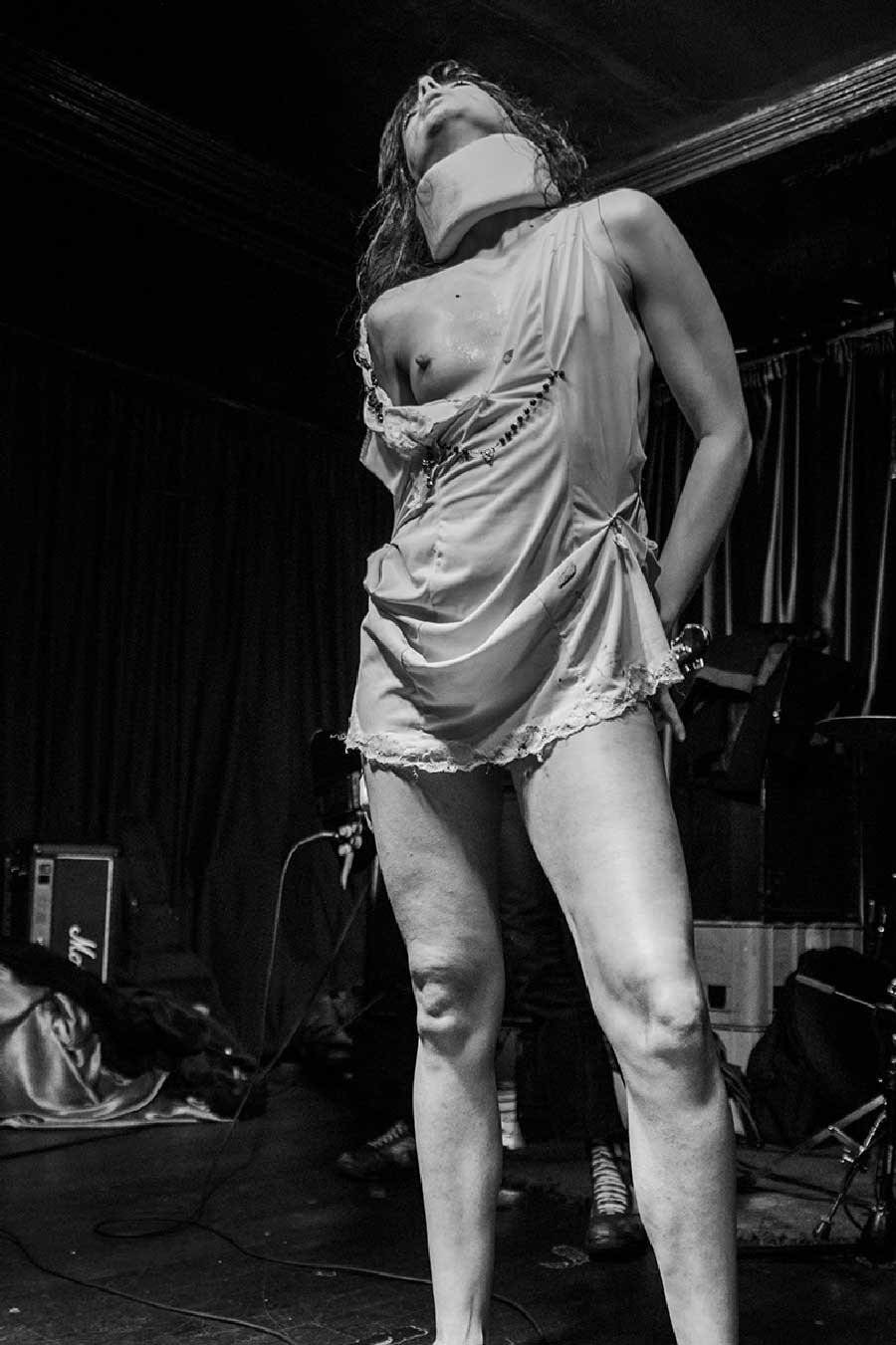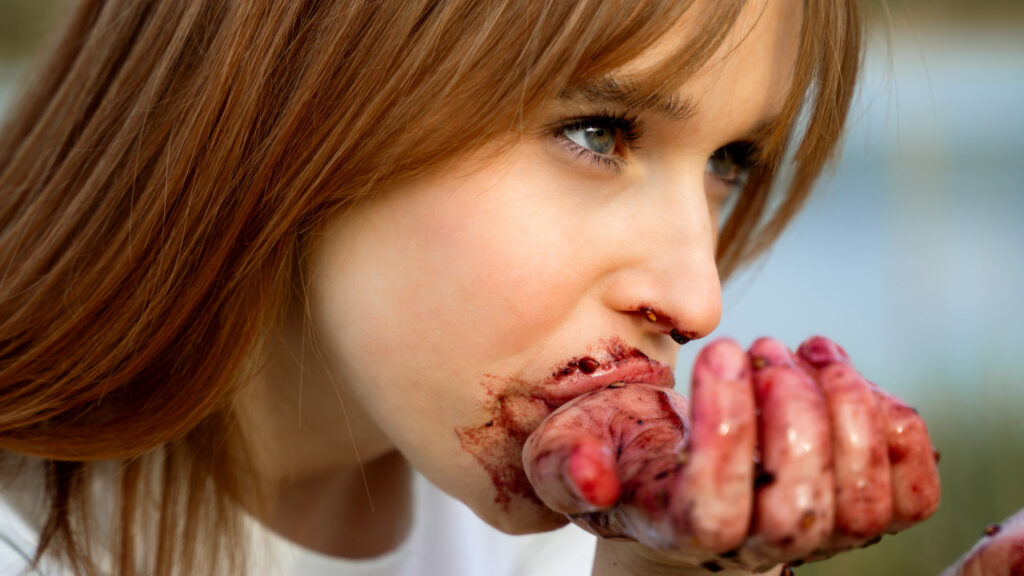“It all happened when I had to live in my late grandmother’s house alone,” says Starsha Lee, speaking about what inspired her nightmarish self-portrait photography. “It’s a huge, old and abandoned country house – like a haunted poltergeist place.
“I had nowhere else to live. I had holes in my windows and walls. I was cold and terrified. I felt that if I died it didn’t matter, and that made me close to something new, something deeply metaphysical: an access to something else. Strangely something came to my rescue. The scenario created a profound aesthetic feeling in me.”
This feeling would allow Starsha to see the unwelcoming surroundings in a different light, and inspire her to get behind the lens.
“Instead of making me despair, it made me see images everywhere and made me love the tragedy. Everywhere in that house was a presence, like someone speaking from the walls, from the shadows. I wanted photography to be the witness of what I was going through. It was beautifully horrible, I have to say.”
Starsha goes on to use Stockholm Syndrome as a metaphor for the scenario, where hostages form a psychological bond with their captors as a means of survival.
“I remember having breakfast in the same room where I was going to photograph and thinking how art and life can be in the same place together like that. I felt no separation between the two. I only felt the need to create to be alive. My self-portraits were a self-rescue mode; without the aesthetic feeling that made me create images in that period, I don’t believe I could have survived. Without image creation, I would have been suicidal.

“They [the portraits] are a result of loving my ghosts; a direct result of a Stockholm Syndrome survival (that in itself is already a survival). I work almost exclusively on memories, so it’s a constant corpse-revisitation – a metaphysical archaeology.”
For Starsha, the creation of her photography is as much about the experience as the outcome, and she, therefore, avoids digital manipulation. Instead, her self-portraits are captured using a Polaroid and altered by hand.
“I feel the need to touch and manipulate them manually,” she explains. “I use fire burns, smoke and pencils. I like to treat them as fragments of momentous tragedy. That’s the downside of digital for me.”
Starsha’s concepts aren’t limited to photography alone. The Starsha Lee moniker (her real name is Sofia de Oliveira Martins), she says, allows her to “embrace various mediums at once” – one of which being music. Her band is currently making waves in London, with live sets that are every bit as disconcerting as her photography. Just as her portraits are intended to “interrupt the eye,” Starsha shocks and captivates her audience with all sorts of outlandish behaviour, from breast flashing to erotic gyrating.
Despite being based in a city where bands are ubiquitous, Starsha doesn’t feel that they are part of any particular ‘scene’. She does, however, concede that they are facing the same challenge as their contemporaries, describing it as “the complex situation of the music industry and its paradigm shift.”
Indeed, with rock ‘n’ roll going through a period of depression (in commercial terms, at least), it is harder than ever for bands to make a living out of their music. But as Starsha Lee is demonstrating, the pursuit of aesthetic gratification is still providing bands with enough impetus to carry on. This, if you will, is rock music in ‘self-rescue mode’. The situation may be tough, as bands like Starsha Lee are fully aware, but it is clear that the desire to put on a show and create good music remains as strong as ever.
Find out more about Starsha Lee:
All photos by Chris Patmore
Next story




